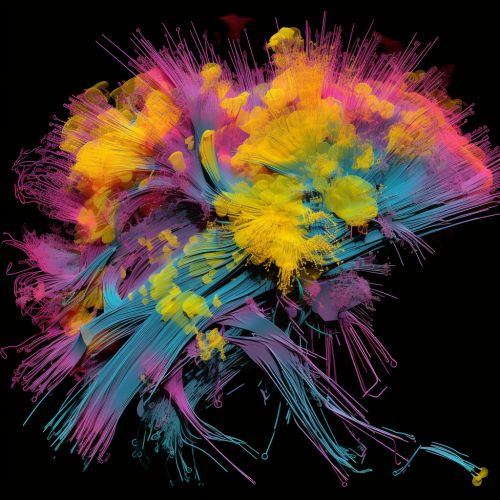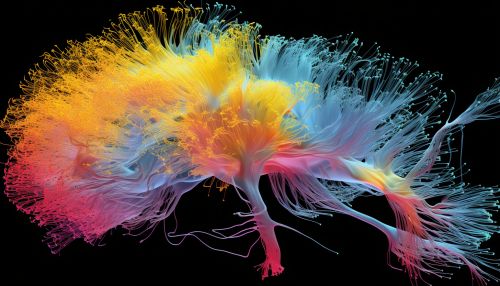Cognitive Neuroscience of Cognitive and Behavioral Flexibility
Introduction
Cognitive neuroscience is a branch of neuroscience that studies the biological processes that underlie cognition, especially in relation to the brain and its functioning. It combines principles from psychology and neurobiology to explain how mental activities are generated by the brain. Cognitive and behavioral flexibility, a subset of cognitive neuroscience, refers to the ability to adapt cognitive processing strategies to face new and unexpected conditions in the environment. It involves the ability to recognize that the old solutions may not work and that a new approach is necessary read more.


Cognitive Neuroscience
Cognitive neuroscience is a multidisciplinary field that incorporates principles from various fields such as psychology, neurobiology, computer science, and linguistics. It aims to understand how the brain translates mental processes such as perception, memory, and attention into neural activity read more.
History of Cognitive Neuroscience
The field of cognitive neuroscience has its roots in the 19th century with the work of Paul Broca and Carl Wernicke who made significant contributions to understanding language processing in the brain. However, it was not until the late 20th century that cognitive neuroscience emerged as a distinct discipline, following advances in neuroimaging techniques such as positron emission tomography (PET) and functional magnetic resonance imaging (fMRI) read more.
Techniques in Cognitive Neuroscience
Cognitive neuroscientists use a variety of techniques to study the brain and cognition. These include neuroimaging techniques such as fMRI and PET, as well as electroencephalography (EEG), magnetoencephalography (MEG), and transcranial magnetic stimulation (TMS). Each of these techniques has its strengths and weaknesses, and the choice of technique often depends on the specific research question being addressed read more.
Cognitive and Behavioral Flexibility
Cognitive and behavioral flexibility is the ability to adapt one's behavior and thinking in response to changing circumstances. This includes the ability to shift attention between different tasks, to adapt to new rules or environments, and to think about multiple concepts simultaneously read more.
Role of the Prefrontal Cortex
The prefrontal cortex plays a crucial role in cognitive and behavioral flexibility. This region of the brain is involved in executive functions, which are higher-order cognitive processes that include planning, decision-making, and flexibility. Damage to the prefrontal cortex can result in difficulties with these functions, including a reduced ability to adapt to new situations or to switch between tasks read more.
Cognitive Flexibility and Mental Health
Cognitive flexibility is closely linked to mental health. Individuals with mental health disorders such as depression, anxiety, and obsessive-compulsive disorder often show impairments in cognitive flexibility. Understanding the neural basis of these impairments can help in the development of more effective treatments read more.
Conclusion
Cognitive neuroscience provides a framework for understanding the neural mechanisms underlying cognition, including cognitive and behavioral flexibility. By combining insights from psychology, neurobiology, and other disciplines, cognitive neuroscience offers a comprehensive approach to understanding the brain and mind. Despite the significant advances in this field, many questions remain, making it a vibrant and exciting area of research.
